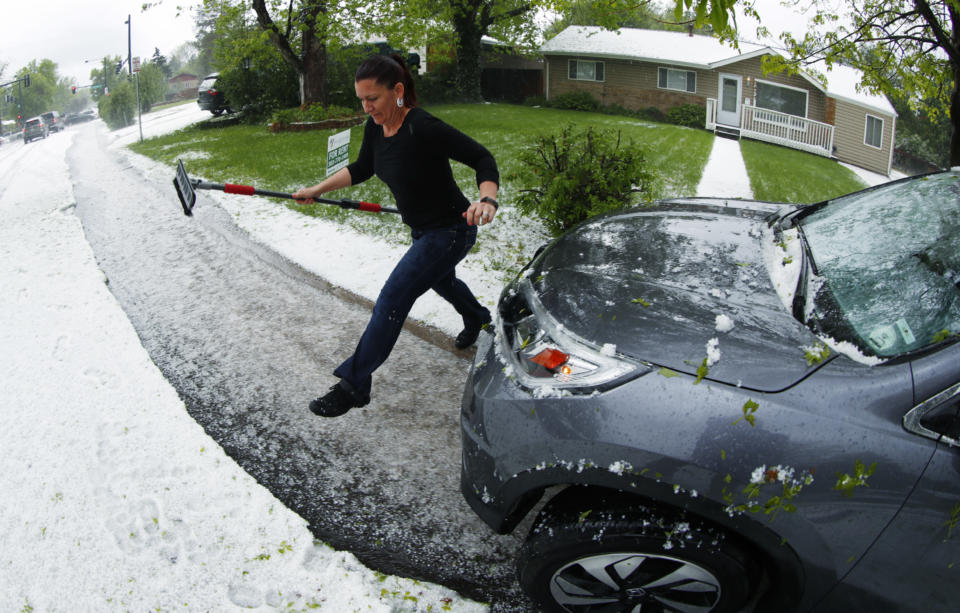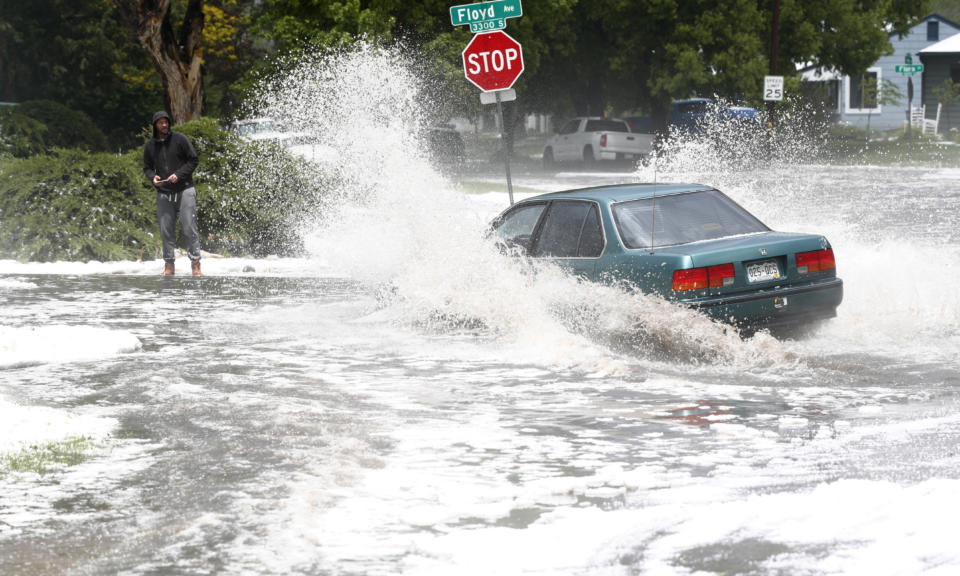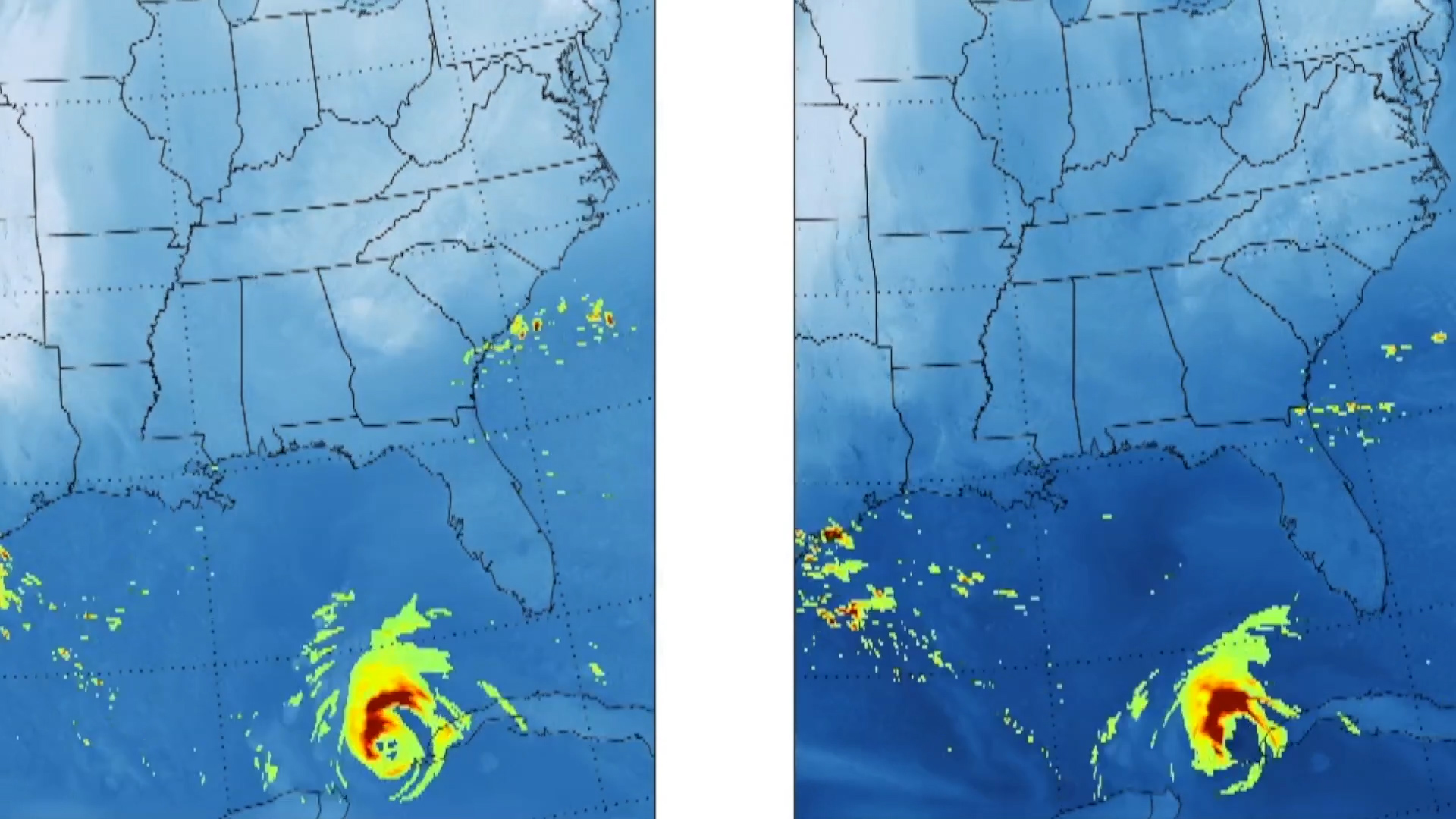They’re less dramatic than hurricanes or tornadoes, but hailstorms can be costly and dangerous. These storms are also getting costlier every year. Damage from the hailstorms total close to $10 billion a year in the U.S. alone. It’s a global phenomenon that scientists are trying to better understand, and even predict.
CGTN’s Hendrik Sybrandy filed this report from the U.S. state of Colorado.
They’re loud, pounding events that often leave a mark after they’ve come and gone. Experts said hailstorms account for 70 percent of all insured losses from severe storms, although they don’t always grab the headlines.
Ian Giammanco of the Insurance Institute for Business & Home Safety was among the hail experts who attended the recent North American Hail Workshop in Colorado. There, the spotlight was back on a weather phenomenon that’s gotten a lot of scientific attention in recent years.
“It just doesn’t get a lot of respect. It’s not as flashy,” Giammanco said.
“Insurance losses went up heavily during the last ten years. This of course generated a lot of interest in hail research again,” NCAR Project Scientist Andreas Prein added.
Those increased losses are caused, in part, by bigger homes, costlier roofing materials, and urban sprawl.

In this file photo, Ariana McLaughlin, of Denver, jumps over a torrent of water to clean hail off her sports-utility vehicle after a storm packing heavy rains and hail hit Monday, May 14, 2018, in southeast Denver. (AP Photo/David Zalubowski)
“So a big hailstorm comes along, you now damage a thousand homes whereas it would have just been open farmland or rural areas,” Giammanco explained.
Farmers are often affected by hail-related crop damage.
“Now we’ve reduced our income stream by potentially 75 percent,” Corn Farmer Marc Arnusch said.
Hailstones are often described as golf ball-sized, but in reality they’re often irregularly shaped because of the violent way they bounce around inside storms. In fact, the larger they are, the less spherical they become.

In this file photo, a pedestrian looks on as a motorist guides a car through an intersection swamped by a heavy rain and hailstorm Monday, May 14, 2018, in southeast Denver. (AP Photo/David Zalubowski)
Kristen Rasmussen with Colorado State University expects hail storms (which are fueled by a strong upward motion of air and lots of moisture) to intensify in a warming climate. This will be particularly true near the Rockies, Andes and Himalaya mountain ranges where they’re most common. Colorado’s conference of hail experts was aimed at preparing for that eventuality.
“With more research on hail and hail-producing storms we can have better forecast models, we can predict them better, we can give better warnings. We can also change maybe how our building materials are created to be more robust,” Rasmussen said.
This fall, scientific work will be done in hail-prone Argentina on possible ways to actually reduce the size of hailstones. Hail still remains mysterious in many ways, and the need to better understand it, lower risks, and manage losses is very real.
 CGTN America
CGTN America
 In this file photo, South Holly Street is turned into a torrential river as heavy rains and hail swamp the roadway and engulf a car parked at the curb just north of Hampden Avenue, Monday, May 14, 2018, in southeast Denver. (AP Photo/David Zalubowski)
In this file photo, South Holly Street is turned into a torrential river as heavy rains and hail swamp the roadway and engulf a car parked at the curb just north of Hampden Avenue, Monday, May 14, 2018, in southeast Denver. (AP Photo/David Zalubowski)

